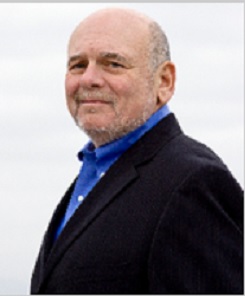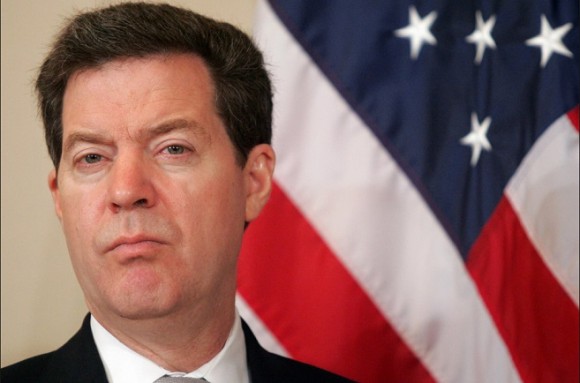Dear Commons Community,
The New York Times has a lead article today reviewing the operations of Eva Moskowitz’s Success Academy charters schools. It is a fairly balanced piece giving the pros and cons of these schools’ operations. On the plus side, test scores are high, there are longer school days, they serve large numbers of minority students, and many parents want to see their children in these safe, productive environments. As for the cons, the entire school operation is mostly about test preparation, there are incredibly high suspension rates for students who do not perform accordingly, there are much small percentages of special education and students whose home language is not English, and there is a very high turnover rate – as much as fifty percent – of teachers. Anyone who is not familiar with charter schools, would do well to read this article. However, there were two comments that were very troubling to me. One was that these schools receive almost a third of their funding from private donations. As described in the article:
“Success Academy supplements the public money it receives with money raised from private donors. In its 2013 fiscal year, the most recent for which fund-raising figures are publicly available, it received nearly $72 million in public funds and $22 million in donations.
Beginning teachers at Success are paid comparably with those in city public schools though instead of a pension, they receive contributions to a retirement account. Unlike public-school teachers, who often have to use their own money for basics like photocopies, Ms. Jones and her colleagues do not worry about supplies. The closets teem with notebooks, folders, pencils and pens. Each middle school student receives an iPad. Success Academy schools are also rich in the kind of extracurricular activities that have increasingly been cut from public schools, such as art, music, chess, theater, dance, basketball and swimming.”
The basic funding premise of charter schools is that they received the same per pupil expenditure as that spent in the public schools. However, it appears that for every $3 they receive they get another $1 from private donations. It is no secret that money interests are heavily supporting the charter school movement but I was not aware of the extent of it. This clearly sets up an unfair playing field.
The other serious observation was the almost cult-like devotion to test preparation as if the only thing that mattered in the schools was for students to pass standardized tests. There is a most troubling description of the fanaticism of one of the administrators:
“On April 1, 2012, a leadership resident at Success Academy Harlem 2, Lauren Jonas, sent an email to her fourth-grade teachers.
The email, provided by a former staff member, said that the results on a recent, three-day practice test were “not what we had hoped for.”
“You must demand every single minute,” Ms. Jonas wrote. “You must have higher behavioral and academic expectations than ever before.” Every letter was capitalized.
Nine to 12 students had failed to use the test-taking strategies they had been taught, known as the “plan of attack,” Ms. Jonas wrote.
“We can NOT let up on them,” she continued. “Any scholar who is not using the plan of attack will go to effort academy, have their parent called, and will miss electives. This is serious business, and there has to be misery felt for the kids who are not doing what is expected of them.”
At Ms. Jonas’s school, 64 percent of the teachers the year she wrote that email were not teaching there the next year, according to state figures. Researchers have linked high teacher turnover to lower performance by students on tests, but that is not the case at Success. At Success Academy Harlem 2 last year, 91 percent of students passed the state math tests, up from 76 percent the previous year. At Public School 30, which shares the building with Success Academy Harlem 2, 16 percent of students passed.”
Ms. Jonas was promoted and is now principal of one of the network’s newest schools, Success Academy Harlem North West, a middle school.
It is incredible what we have allowed education to evolve to in this city. Humorless places where children and teachers are scared in the quest for higher test scores.
Tony







